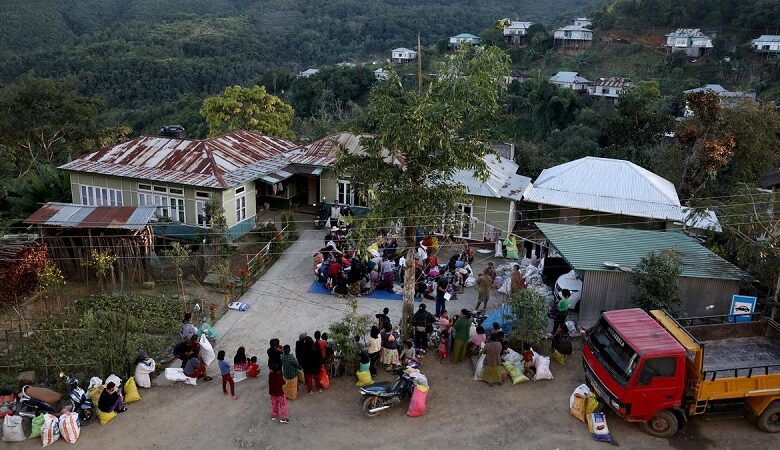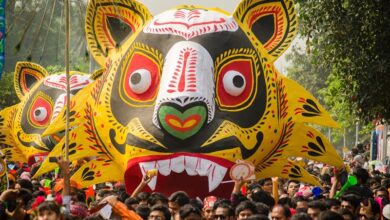NATIONAL- Data Collection Dilemma: Northeastern States Struggle with Myanmar Refugee Identification

By Agnibeena Ghosh, 7th August
In response to the Ministry of Home Affairs’ (MHA) directive, Manipur and Mizoram, bordering Myanmar, have commenced the process of collecting biometric details of refugees seeking shelter in these northeastern states. The MHA order mandated the completion of this process by September 30, prompting both states to prepare action plans. However, challenges in implementing the data collection have arisen, leading to delays and concerns. This article delves into the complexities faced by Manipur and Mizoram as they attempt to comply with the MHA’s directive amidst the ongoing influx of refugees from strife-torn Myanmar.
The Delay in Mizoram’s Data Collection
According to an August 5 report in the Mizoram Post, the Zoramthanga government expressed its inability to meet the September deadline. State Home Minister H. Lalengmawia cited delays in the process due to alterations required to suit the format provided by the MHA for Myanmar refugees. The task of collecting biometric data demands precision and adherence to standard protocols, necessitating adjustments to accommodate the unique circumstances of the refugees.
Mizoram’s Myanmar Refugee Figures
Official records indicate that Mizoram currently houses 35,126 Myanmar refugees, with 15,589 residing in relief camps and 19,458 seeking shelter in rented accommodations or with relatives. Notably, many of those in rented accommodation in Aizawl are political refugees protected by the Assam Rifles, highlighting the sensitive nature of the refugee crisis.
Manipur’s Data Collection Commences
In Manipur, the process of collecting biometric details began at a detention centre established by the state government near Sajjwa jail in Imphal. News reports indicate that 104 Myanmar refugees are currently residing at this centre, comprising 24 men, 74 women, and six children. These refugees fled Myanmar after the military coup that toppled the Aung San Suu Kyi government, triggering an armed civil disobedience movement advocating for democracy restoration.
The Call for Identifying “Illegal Migrants”
The Manipur state government issued a press statement on July 29, announcing the identification of “illegal migrants” in all districts. District heads have been tasked with identifying such individuals, and as of now, over 2,500 “illegal immigrants” have been identified. Chandel district, with a significant Naga population, recorded the highest number at around 1,050.
Demand for National Register of Citizens Update
Following the revelation of fresh influx of Myanmarese nationals along the Indo-Myanmar border in Chandel district, the influential civil society group United Naga Council (UNC) called for an urgent update to the National Register of Citizens (NRC) in the state. Accusing the MHA of facilitating the “influx,” the UNC expressed concern over the surge in illegal immigrants from Myanmar.
Meitei CSOs and Government Concerns
Besides the UNC, powerful Meitei civil society organizations (CSOs) have also expressed concerns about the continuous inflow of refugees from across the international border. The ongoing conflict between the Meitei and Kuki communities, sharing ethnic affinities with the Chin people of Myanmar, further complicates the situation. Manipur, sharing 390 km of its 1,600-km-long international border with Myanmar, faces challenges in monitoring and controlling this porous border due to the free movement regime between the two countries.






